Bill Reed - Jan 12, 2017 10:03 am - Hasn't voted
PMed youregarding attaching your jpgs to this article.
gliderman - Jan 18, 2017 9:58 pm - Hasn't voted
Re: PMed youBill,
Thanks for your help.
Finally got some jpgs attached, but forgot to give some proper titles, and now am not sure how to go back and add them to the images in the article.
Also, there were several images that didn't want to come out properly as they were not jpgs but images I had placed in Word pages, and I haven't figured out how to make jpgs out of them.
Oh well, at least now some images are there and help make some of my points in the article.
Bill Reed - Jan 20, 2017 10:12 am - Hasn't voted
Re: PMed youLooks a lot better with the images in place!
yatsek - Jan 19, 2017 6:11 am - Hasn't voted
Unfortunate beginningSorry to have to say this, but you mix science with politics at the very start ("According to the recent national election, there must be a bit less than half of Americans who may not agree with the data and my conclusions"), which undermines your credibility as a scientist and made me stop reading although I'm not American, I don't ask rodents for weather forecasts and I don't deny climate change (I'm not convinced it's primarily human-induced though).
rgg - Jan 19, 2017 4:24 pm - Hasn't voted
Changing Weather discussions are always mixed with politicsFirst of all, I have no doubts whatsoever that global warming is a problem. In fact, I believe it's the biggest problem facing mankind right now.
I'm also convinced that, without mankind, there wouldn't have been a problem. Sure, there are natural fluctuations in climate, but what we have seen the last century, and especially the last few decades, is far beyond any natural fluctuations. Humans are to blame.
Those that accept this don't need convincing. However, many don't accept that humans are responsible. Whether this is because they haven't really looked into it with an open mind, or whether they don't trust officials (including climate scientists), or whether they simply don't want to believe it, never mind the evidence, thank you - I don't know. And there is even a small (and dwindling) minority that don't even believe that there is such a thing as global warming at all.
Not mixing science with politics would be the right thing to do - if you want to preach to the choir. However, it's not the scientists that need convincing. They already are. Politicians are the ones that have the power to act. Some have no doubts that we must, but others think different. And, let's face it, politicians are not known for their ability to be objective when they don't like the consequences. Some are honest, willing to do what's best for their community, country or the world, but many simply ignore any inconvenient truth.
I'm still confident that if we act soon enough, we can cope, but if the politicians keep talking without taking decisive action, eventually the cumulative greenhouse gases will spin out of control. We have little time to waste. Even if we would completely stop emitting greenhouse gases this instant, the highly elevated concentrations in the atmosphere would take years to come down again, and all the time the earth will keep warming up. Not only do we need to lower our emissions, and drastically, no, we also have to actively get a whole lot of these greenhouse gases out of our atmosphere.
Bill Reed - Jan 19, 2017 6:26 pm - Hasn't voted
Re: Changing Weather discussions are always mixed with politicsNot too long ago, changing weather discussions used to be mixed with burning witches!
rgg - Jan 20, 2017 7:14 am - Hasn't voted
Re: Changing Weather discussions are always mixed with politicsAh, yes, enjoying the great outdoors around a big bonfire with friends and family, entertainment included. Those were the days! Who is bringing the marshmallows?
Come to think of it, these fires probably are what started global warming. Really. You want proof? Just measure the temperature somewhere, start one and measure it again. I predict it will be higher. It's hard science, irrefutable.
If only we hadn't burned them all, those witches might conjure up a spell to solve the whole problem.
Bill Reed - Jan 20, 2017 9:08 am - Hasn't voted
Re: Changing Weather discussions are always mixed with politicsOne could call the age we live in "The Age of Measurement".
yatsek - Jan 20, 2017 1:08 pm - Hasn't voted
Re: Changing Weather discussions are always mixed with politicsTo Rob,
Surely there are various reasons that some people, including some scientists, are not convinced that climate change is human-induced. The reasons that make me personally doubt that are:
1 We still know little about the atmosphere, oceans and links between them plus that one can interpret available data in many ways. (When I was at school, in the 1970s, most scientists thought we might be entering a human-induced Ice Age.) I find some of the arguments against anthropogenic warming pretty convincing, e.g. here on pages 20-22
2 I used to work at a state-run research institute and met quite a few people who would produce pseudoscientific stuff just to get money from the government/anybody
3 The issue has been highly politicized and there's big money behind it
However, I would certainly not mind the best economically developed countries reducing their greenhouse gases emissions and helping other countries reduce their own instead of trying to force them to do so. Still, I think a much more helpful move would be a kind of money for woodland scheme, i.e. substantial money transfers from the rich to the countries that live off their timber, especially tropical countries but also European, such as Romania, in order to stop deforestation.
Bill Reed - Jan 20, 2017 4:53 pm - Hasn't voted
Now that you've gotall the images in place I've read tha article and am ready to comment on it.
Let me first say that I do not question that Global Warming is upon us and that Climate Change is happening. What shouldn’t be news but may be to some, is that they’ve always been with us and always will be. I do not doubt that our trashing of the planet may be playing some role in this and that we should stop contributing sooner than later. I also suspect that the forces at play here are beyond our control and that the climate will do as it will, just as it did to our ancestors over the last couple million years.
However, I must take exception to some of the assertions you make in this article.
In the first paragraph you say, “there are still a lot of people who don’t really understand all the interactions and causes”. Are you saying that you do?
I am no scientist but have read a good deal on climatic history and I am puzzled as to why it is rarely spoken of by scientific community in the context of current climate discussions. Not saying there’s a conspiracy just don’t understand why it’s not added to the evidence.
You list “What Causes Global Warming”, which is all well and good except that you leave out a few things:
Volcanic Eruptions-These are a pretty big contributor to change and one that humans have no control over.
Solar Insoation-We don’t know a lot about this, other than it has an effect. It is caused by changes in the Earth’s angle to the Sun. Changes in the orbital parameters of the Earth-eccentricity, obliquity, and precession of axis-cause variations in the intensity and distribution of solar radiation.
Solar Ouput-It varies and it’s well known that it does.
Ocean Currents-Barely beginning to get a glimpse of what the effects of these are. We’ve only recently started to figure out the whims of El Nino and La Nina. The Atlantic Conveyor Belt apparently turns Ice Ages off and on and we only recently became aware of it.
I guessing there may be a few million other things involved that we haven't "discovered" yet.
FYI~Some of my information above comes from The Long Summer by Brian Fagan.
A book which I highly recommend if your interested in weather history. Living in the Age of Measurement, many things that were previously hidden, as far as climate history, are being revealed and it’s pretty amazing!
rgg - Jan 22, 2017 9:27 am - Hasn't voted
Re: Now that you've got"Let me first say that I do not question that Global Warming is upon us and that Climate Change is happening. What shouldn’t be news but may be to some, is that they’ve always been with us and always will be. I do not doubt that our trashing of the planet may be playing some role in this and that we should stop contributing sooner than later. I also suspect that the forces at play here are beyond our control and that the climate will do as it will, just as it did to our ancestors over the last couple million years. "
Yes, it's true that climate change isn't anything new; it's been happening as long as the earth exists, and natural factors will continue to have an impact. However, and unlike what climate change skeptics are implying or even saying outright, that does not mean that mankind can have a free pass at messing up our climate. It's cumulative. What we do to our climate comes on top of whatever happens naturally.
Any scientist that claims to fully understand all the interactions of and changes to our climate, is a scientist I won't take seriously. It's the nature of science to examine any theory when evidence that contradicts it is presented, and that means a scientist must always be prepared to discard a theory if it's proven to be wrong.
However, in practice, many theories that were considered true but turned out to be not, were only adjusted. Take mechanics, for example. After Newton's work, physicists for a long time accepted that his laws of motion where absolutely true.
Only much later, when studying motion on atomic scale, did we find out that Newton's laws didn't apply, and quantum mechanics provided the new theory. Likewise, extremely fast moving objects didn't comply, and it was discovered that nothing could move faster than the speed of light - which lead to relativistic mechanics. Does this mean Newtonian mechanics is wrong? Yes and no. Theoretically, yes. For all practical applications that don't involve atomic scale or extremely high speeds, Newtonian mechanics works just fine.
The fact that there is uncertainty among scientists about many aspect of climate change isn't ignored by the scientists at all. In the fifth report by the Intergovernmental Panel on Climate Change, every key statement is qualified by an estimation to its certainty.
Volcanic activity is indeed a natural factor impacting our climate. The ash clouds from a massive eruption could indeed lower average global temperatures by several degrees, causing a new ice age. Should that happen, then we should keep burning lots of fossil fuels to counter that effect, at least until the ash clouds start to dissolve. But would you want to hose down a building before it's even burning?
I won't go into all the other natural phenomena, other than again referring to the 5th IPCC report: between 1951 and 2010, natural forces are likely to be responsible for between -0.1° and + 0.1°, while observed warming is between +0.6° and +0.8° (see figure SPM.3 in the Summary for Policymakers; I rounded the numbers to 1 decimal place). Note the qualification of "likely": the report doesn't claim certainty for these conclusions.
I'm not familiar with Brian Fagan or his book, so I can't comment on it. For me, the IPCC is the authoritative body. I'll accept that there are probably some mistakes in their report - the authors are scientists, but they are also human. However, pointing out a mistake or questioning an uncertainty doesn't disqualify the report or its conclusions. It has been approved by virtually every country in the world.
For the sake of full disclosure: I have a background in science, though I changed careers a long time ago. I also own shares in a big oil company, so it's not in my best interest if we would drastically cut down on oil consumption. However, I won't deny science because I don't like its conclusions.
Bill Reed - Jan 22, 2017 12:03 pm - Hasn't voted
Re: Now that you've got"However, I won't deny science because I don't like its conclusions."
Not denying science, just prefer looking at the big picture.


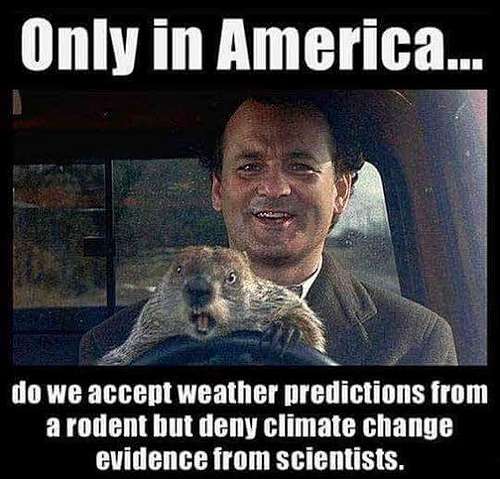


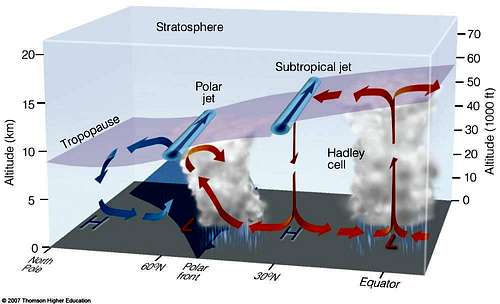
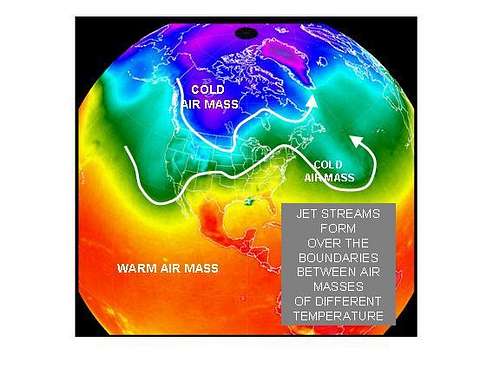
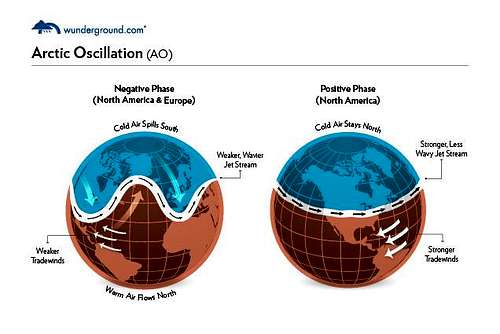



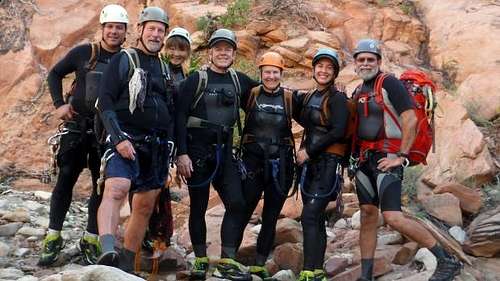
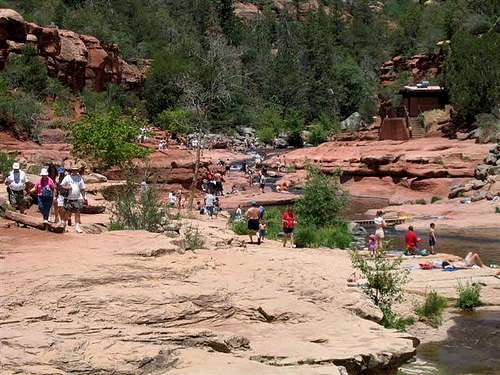
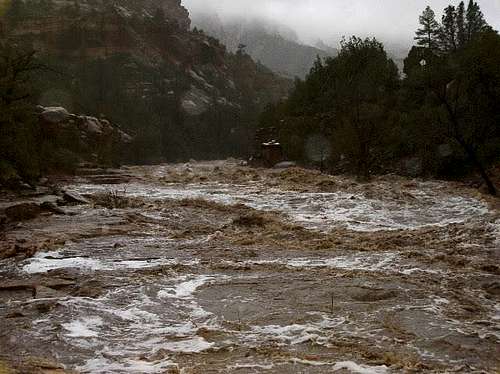
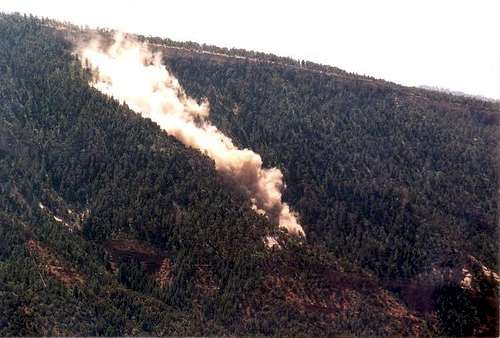





Comments
Post a Comment